Nokia X20 review: Sustainable smartphone done right
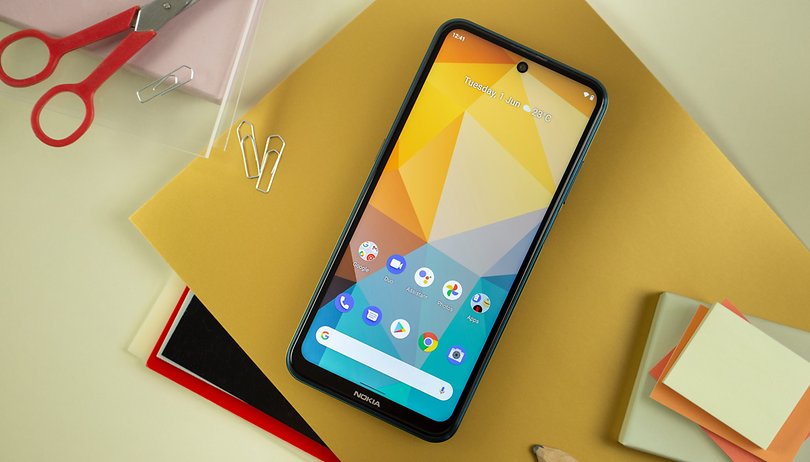

Nokia's X20 hits the upper limit of the mid-range with a recommended retail price of €399, a price which converts to roughly $487. Sustainability is the main selling point of this handset. We did our homework to figure out whether that is the case in our review!
Good
- Three years of guaranteed software updates
- Three year device warranty
- Decent 64 MP main camera
- 5G connectivity
- MicroSD slot and a 3.5 mm jack
- Sustainable approach
- Sturdy chassis with a decent build quality
Bad
- Mediocre camera setup
- More expensive than the competition
- LCD display at only 60 Hz refresh rate
- No wireless charging support
- Lack of IP certification
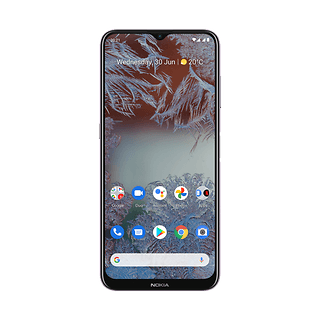
Nokia X20 in a nutshell
"Love it, Trust it, Keep it" - with this marketing slogan, Nokia wants us to pick up and use the X20 for the next three years. They have built a robust smartphone, provided it with a chassis that can decompose, and guaranteed a three-year warranty for the handset in addition to an equal length of time when it comes to software and security updates.
You'll find a 6.67-inch LCD screen and the Snapdragon 480 chipset that powers this smartphone. The battery should be enough to get the average user through two days of use, but unfortunately, the battery does not charge itself up very quickly. Regardless of the performance capability, its 64 MP main camera and Full HD display, everything else falls within the acceptable boundaries in a cheap mid-range model - but you certainly cannot look forward to anything more than that.
But that's exactly the problem here: With an asking price of $487, the Nokia X20 is too expensive in our books compared to other devices that fall within a similar price range. Its competition, such as the Realme 8 Pro or the Redmi Note 10 Pro, is not only better equipped, but also cost $100 cheaper.
Nokia trusts that its privacy features, pure Android experience, and sustainable approach for a smartphone with three years of guaranteed software and security updates will put forward a convincing case for a sub-$500 handset. I'm afraid that market sentiments might differ, and Nokia will face a hard time with the X20.
Design and workmanship: Large, heavy, stable
It's big - that's the first thing I noticed about the Nokia X20. Apart from that, it's not a particularly eye-catching design, but you will definitely notice that the Nokia X20 is rugged enough to be used over the next three years.
What I liked:
- Good workmanship.
- Robust design.
- 3.5 mm jack and microSD support.
- Dual SIM tray.
What I didn't like:
- Unwieldy size.
- Rather heavy weight (220 grams).
- Lack of IP certification.
Yes, the Nokia X20 is quite a chunky device on its own, but its case is not helped with the included smartphone case that adds on to the overall bulk. Oh yes, even the case is fully biodegradable. Even in my giant hands, this 220-gram device is quite difficult to wield - and one-handed operation of it for those with smaller hands should find it a challenge.
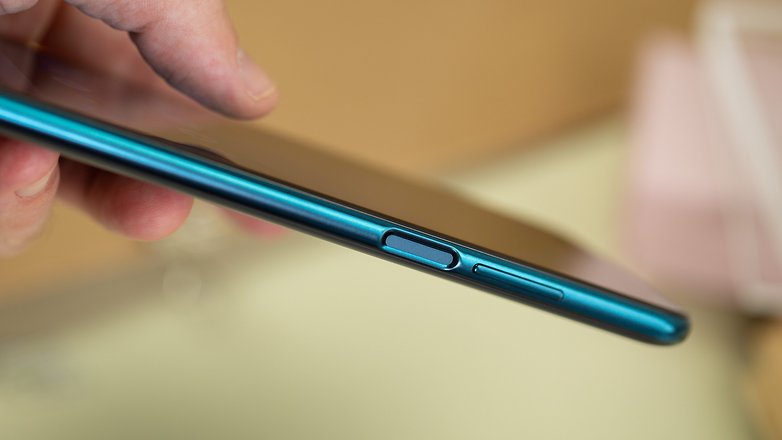
The power button is located on the right, which also doubles up as a fairly reliable fingerprint sensor that is easy to reach. The other buttons are for volume control and activating Google Assistant. Also on board lies a 3.5 mm audio jack and the obligatory USB-C port. Fortunately, a microSD card slot is part of the deal to further expand on the 128 GB of internal storage, with additional room for a second SIM card.
Fully encased in metal, the plastic body that measures 168.94 x 79.7 x 9.1 mm feels quite slick. At the same time, it did feel as though it can slip out of your hand at any time. In my review, we received the "Nordic Blue" color, of which I quite liked the back that carries the "frost" look. This is also because the Nokia X20 did not present itself as an excessive fingerprint magnet.
At the back, you will also find the camera section which is circular and indicates a partnership with Zeiss. The smartphone has a good build quality overall, but unfortunately there is no IP certification.
Nokia wants us to use the X20 over the next three years for the sake of sustainability. The well-made, robust-looking device gives us hope that during this time span, the user experience would not have any issues.
Display: Ordinary's the word
6.67-inches of viewing real estate should be big enough for anyone to enjoy multimedia content. Unfortunately, Nokia does not offer anything else to blow the display out of the water. A resolution count of 1080 x 2400 pixels is sufficient, but the 60 Hz refresh rate is low compared to the rest of the competition.
What I liked:
- Large display that is ideal for viewing photos and videos.
What I didn't like:
- 60 Hz LCD is simply inadequate.
- No high contrast.
- Low color fidelity.
In 2021, I feel that an LCD display at a 60 Hz refresh rate is simply too little value for me when I drop $500 on a smartphone. Again, I am making comparisons to its competition: the Redmi Note 10 Pro, for example, sports a 120 Hz refresh rate with an AMOLED display.
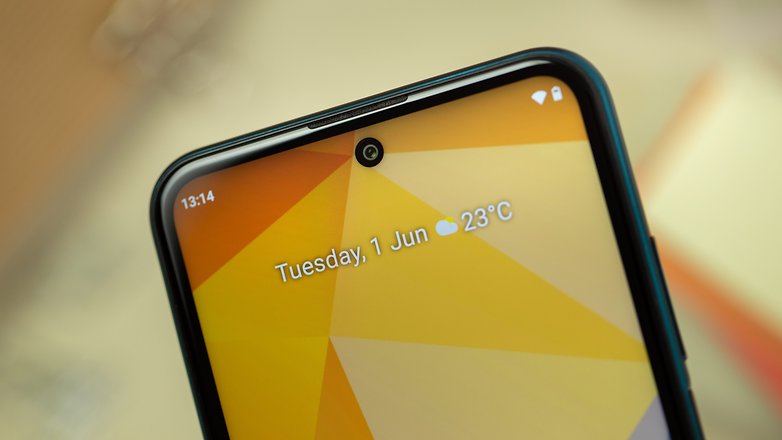
That being said, the panel seems reasonably okay in terms of display quality. Of course, it lacks the deep blacks found in OLED displays, while both contrast and color fidelity are lower, and a nominal brightness level of 450 nits could be improved upon. In reality, however, the display was legible most of the time in both indoors and outdoors, and performed well enough for a mid-range device.
There are a few reasons that could speak for the Nokia X20 - the display is not one of them and is probably not Nokia's claim.
Sustainability: A sensible concept or simply a greenwashing effort?
We do not usually have a separate point of interest known as "sustainability" in our reviews. Maybe we should consider incorporating this in future reviews, considering how Nokia has begun to stress its importance. Nokia is not naive about the entire situation and remains realistic with its self-assessment that it cannot compete with the competition in many aspects. Hence, they are peddling a unique selling point and this brings us back to the "Love it, Trust it, Keep it" campaign mentioned at the beginning of this review.
As a user, you should not only become friends with the X20, but also trust the company and technology (example: European servers) and as a direct consequence, use the smartphone as long as possible. Therefore, Nokia has built its sustainability concept via several different pillars.
The guaranteed software and security updates for the next three years ensure that you can always use the latest software even three years down the road. Nokia explains: "If everyone in Europe used their smartphone for one year longer, we could save on the equivalent of CO2 emissions of two million cars on the road by the year 2030."
Furthermore, they're including the aforementioned fully biodegradable case that protects both the device and the environment. If that's not "green" enough, Nokia or HMD Global has a few more items on its sustainability list:
- For every X20 sold, 20 trees will be planted.
- Nokia does not include a headset and charger to avoid unnecessary electronic waste.
- If you buy a charger separately from Nokia, the company will donate the money to Clear Rivers, an organization that works to reduce plastic in the oceans.
- 5G network support enhances future-proofing.
It's a shame that there's no IP certification! That would have been helpful to increase the smartphone's lifespan. On the other hand, detailed documentation of the X20's environmental profile is commendable. Follow the link and you will find out that 91% of the materials used can be recycled later (as raw material or energy).
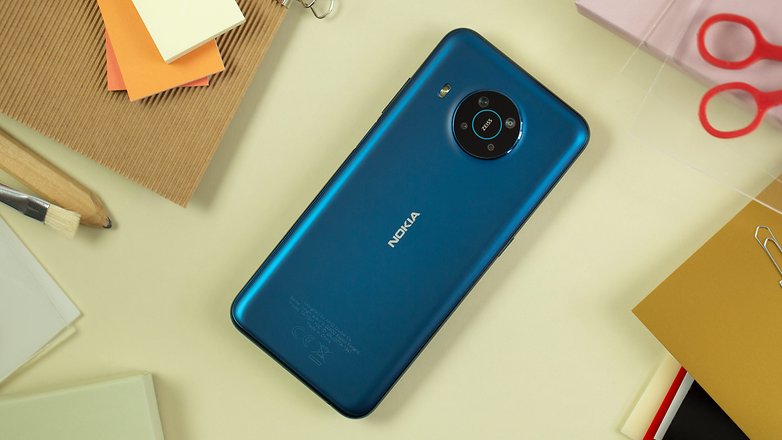
How serious is Nokia?
But the question remains, and I'm afraid I'll have to ask, is whether this concept is sustainable enough to avoid being accused of "greenwashing"? After all, omitting the charger not only avoids electronic waste, but this move also saves cash for the company. In addition, the battery cannot be removed (a far cry from Nokia's good old days at the top of the perch) and Nokia does not explicitly comment on the repairability.
Another question also hangs in the air: whether this concept is appealing enough for buyers to pick up the X20 for €399 while knowing that they can get better-equipped smartphones for less money? Looking at the Fairphone, we also have to conclude that even the niche combo of "mediocre hardware and sustainability" has already been executed better than what Nokia set out to achieve with the X20. After all, the Fairphone scored high marks with its modular design and high repairability.
Does Nokia really want to make a difference in terms of sustainability? Or is this a marketing move just to make both the manufacturer and the smartphone owner feel better? I actually want to believe Nokia and their vision, that they are interested in sustainable technology by adopting a marketing strategy that was not simply born out of necessity, and also because the X20 simply doesn't have any other strong selling points.
The idea is certainly on the right track, but are an ugly protective case and an omission of chargers enough to appeal to an environmentally conscious clientele? We will talk about that at the conclusion of our review.
Performance and software: Not a powerhouse but solid enough
A Snapdragon chipset from the 4 series in a mid-range smartphone? You might flinch imperceptibly at first, but the Qualcomm Snapdragon 480 actually does a pretty decent job.
What I liked:
- Pure Android 11 experience.
- Three years of guaranteed software and security updates.
- 8 GB RAM.
- 5G network support.
- Solid performance.
What I didn't like:
- Noticeable heat during intensive use.
- Programs launch a tad slower than on rival handsets.
Retailing for just under $500 and equipped with "only" a Snapdragon 480 chipset while knowing that its competition relies mostly on Qualcomm SoCs from the 7 series? Yeah, I thought that it would be a disaster too at first, but it's less bad than it might initially appear on paper.
The new Snapdragon 480 chipset has eight cores and up to 2 GHz clock speed is not ashamed to deliver on its performance, being able to keep up on most occasions with Snapdragon chipsets higher up the food chain such as the Snapdragon 732.
Combined with 8 GB of RAM, performance is perfectly satisfactory for the most part. Of course, you will find its performance wanting in terms of gaming when you set the graphics settings to the maximum, but it usually runs smoothly enough without any worries.
However, the X20 does heat up noticeably during prolonged gaming sessions without getting uncomfortably hot to the touch. There is nothing to complain about in the use of usual everyday applications neither in terms of overheating nor performance.
As for its software in general, purists will be happy about the pure Android 11 experience that you will find on the Nokia X20. With pure Android, Nokia promises us three years of software updates and guaranteed monthly security updates as well over the next three years. This means you will also be able to enjoy Android 12 on your smartphone!
The stock Android 11 experience and decent hardware performance of the Nokia X20 makes a strong case for it.
Camera: The Zeiss brand alone isn't enough
The Zeiss brand stands for quality and the main camera actually captured good pictures under ideal conditions. However, the rest of it falls rather short in comparison.
What I liked:
- Main 64MP camera that delivers good results under ideal conditions.
- 32 MP selfie cam works well.
What I didn't like:
- No telephoto lens.
- Pair of 2MP cameras (macro and depth).
- Too much unnecessary blurring of elements in ultra-wide-angle shots.
- Poor detail and low contrast in low light conditions.
Most entry-level and mid-range handsets sport an unnecessary number of camera sensors, of which two of them tend to be pretty much useless. Unfortunately, the X20 is no exception: We see a 64 MP main camera, a 5 MP ultra-wide-angle camera, a 2 MP depth-sensing camera, and a 2 MP macro camera.
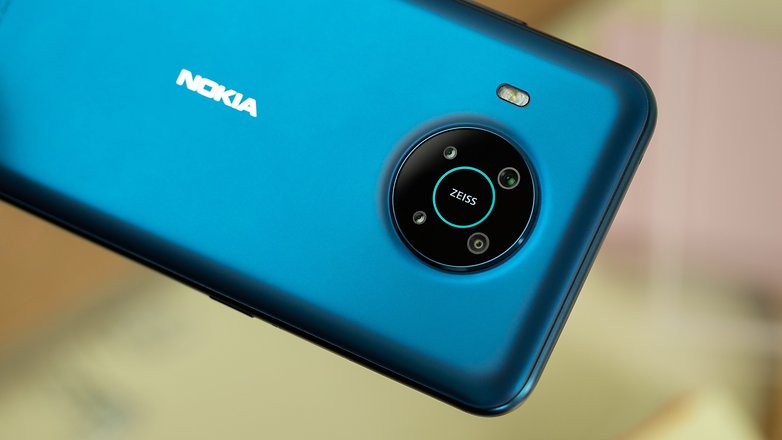
Hence, you can already see that Nokia has decided to forgo the telephoto camera, hoping that users won't notice that the bokeh captured in photos and macro shots using the 2 MP shooters deliver meager results at best.
As long as the amount of light is adequate, nice-looking photos are indeed possible with the Zeiss main camera, with the color representation looking realistic while capturing a relevant amount of detail in the pictures.


But if the conditions get worse, you'll notice it directly in the captured photos. It takes a longer time to focus and can even cause uneven results. During the review, I needed several attempts until I obtained the desired, crisp-looking result.

In terms of camera software features, you get all the usual functions that you'd expect. Nokia also wants to score brownie points with you using its Dual Sight Multicam, a feature that can record videos from different angles simultaneously.
I was quite disappointed by the ultra wide-angle sensor, which is a bit of a mystery when it comes to capturing blurry areas. Details sometimes go completely down the drain, delivering unattractive results overall. Again, one has to try it several times before standing a chance of capturing a usable shot in between.


Photos captured with digital 2x zoom show that you're basically just taking a photo with the main cam, followed by the appropriate zoom/crop, in addition excessive post-sharpening at times.

There is also a lack of detail in night photos. While night mode might make a difference at times, in general, the colors are too pale and sometimes look a bit washed out.

Finally, the selfie camera made a solid impression on me by delivering results that fall right within the expectations of a mid-range handset. However, the portrait mode does erase hairs every now and then, or they become victims of blurring. In the case of my three tufts of hair, which I purposely didn't shave for the photo, this is actually useful because it remains concealed. People with "real" hair, however, will probably be less enthusiastic about it.

The bottom line is, we find a pretty solid main camera on the X20 that is capable of taking quite nice photos, but with wide-angle, zoom, and low light conditions, the camera setup reveals its weaknesses. I still have a bit of hope that some of the issues can be fixed via future software updates.
Battery and ordinary-sounding speaker
A 4,470 mAh battery capacity is not spectacular, but it is sufficiently large enough for the X20 to get through a day without any issues or even two days at times.
What I liked:
- Long battery life.
- Good voice quality.
What I didn't like:
- Rather slow charging speed at 18 watts.
- No wireless charging.
- No included charger.
- Lack of bass in speaker.
What you realize upon reviewing the X20's battery: Certain smartphone design choices cancel each other out. While I criticized the LCD panel and its low refresh rate earlier, both work to help prolong the overall battery life, since this display does not consume that much battery life.
Even as a heavy user, you can get through the day, safe in the knowledge that at the end of it, you will still have enough juice to keep it humming along nicely thanks to its 4,470 mAh capacity battery. Average users who check WhatsApp from time to time, snap the occasional picture, and carry phone conversations for five minutes or so will probably get through the second day without having to juice up the X20.
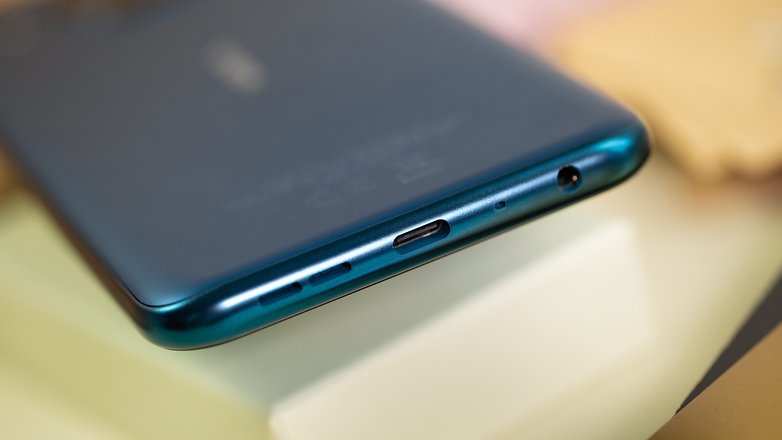
Speaking of outlets, a charger isn't included, so there we are with both sides of the coin again - great for sustainability, but a nuisance for those who don't have a suitable charger and have to buy one separately.
Unfortunately, the battery is also only charged at just 18 watts, which means you'll require close to two hours to fully charge the handset if it hits 0%. This is a far cry from what its competition such as Xiaomi offers in this price range. If Nokia were smart, they should have included a biodegradable (as far as possible) charger, because this would help extend the battery life beyond two years of use. Unfortunately, you won't find wireless charging supported here as well.
Let's also talk about its audio performance in brief here, although there's actually not much to talk about in the first place. Voice quality on the X20 is really good, with the mono speaker performing rather unspectacular. While the speaker is loud enough, the sound comes out as rather flat with little or no bass.
Nokia does not score very well with the X20 in terms of sound, but the battery life is above average despite a slower charging rate compared to its competition.
Technical data at a glance
What's in the Nokia X20?
| Model | Nokia X20 |
|---|---|
| Processor | Snapdragon 480 5G octa-core processor |
| Memory | 8 GB |
| Internal storage | 128 GB, expandable via microSD |
| Connectivity | 5G, 802.11 b/g/n/ac, Bluetooth 5.0, NFC, GPS/AGPS, GLONASS, Galileo |
| Display | 6.67-inch, FHD+ LCD punch-hole display with 60 Hz and 2400 x 1080 pixels |
| Size | 759.7 x 168.94 x 9.1 mm |
| Weight | 220 grams |
| Camera | Main: 64 MP / Ultra-wide: 8 MP / Depth: 2 MP/ Macro : 2MP/ Selfies: 32 MP |
| Battery capacity | 4,470 mAh |
| Charging technologies | 18 Watt, no wireless charging |
| Audio | Mono speaker / 3.5 mm headphone jack |
| IP Certification | - |
| Operating System | Android 11 with 3 years of software and security updates |
| Colors | Nordic Blue, Midnight Sun |
| Price | €399/$487 |
Conclusion: Recommended, but only for idealists
Here we are with our conclusion of the Nokia X20: It is a smartphone where many things are just "really okay" at best. A mediocre display at most, an okay SoC, a decent-sized battery that charges a wee bit too slowly, a camera that delivers decent photos under adequate lighting, 8 GB of RAM and 128 GB of internal memory, and 5G network support - all under girded by various sustainable ideas.
But are all of those enough? Would you voluntarily fork out an additional $100 for less capable hardware compared to handsets from Realme or Xiaomi? Do you really want to use a smartphone over the next three years whose hardware already seems a bit outdated in parts upon its release? This is a difficult position to be in: to choose between three years of guaranteed updates and a pure Android 11 experience or otherwise.
Nokia has to trust that there is indeed this market segment out there: People who are willing to pay, for whom sustainability influences the purchase decision more compared to having a particularly crisp, high refresh rate display or the best possible camera in its class. We can ponder over whether this clientele will be more consistent and go straight for a Fairphone, though.
I would like to acknowledge what Nokia is trying to do here, simply because sustainability efforts are indeed something that should be prominently on every manufacturer's mind. I also think that the approach is a step in the right direction, but it is implemented in a half-hearted manner by Nokia. A replaceable battery or a high repairability score would be signs that it means serious business. The Nokia X20 leaves doubts about the company's intent in this matter.
Do you want the most powerful mid-range smartphone? Then avoid the Nokia X20. However, if you want the feeling of doing something for the environment and do not particularly value a powerful camera or convincing gaming performance, then the X20 might actually be the perfect smartphone for you as you sleep a little easier at night.
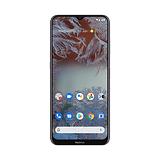
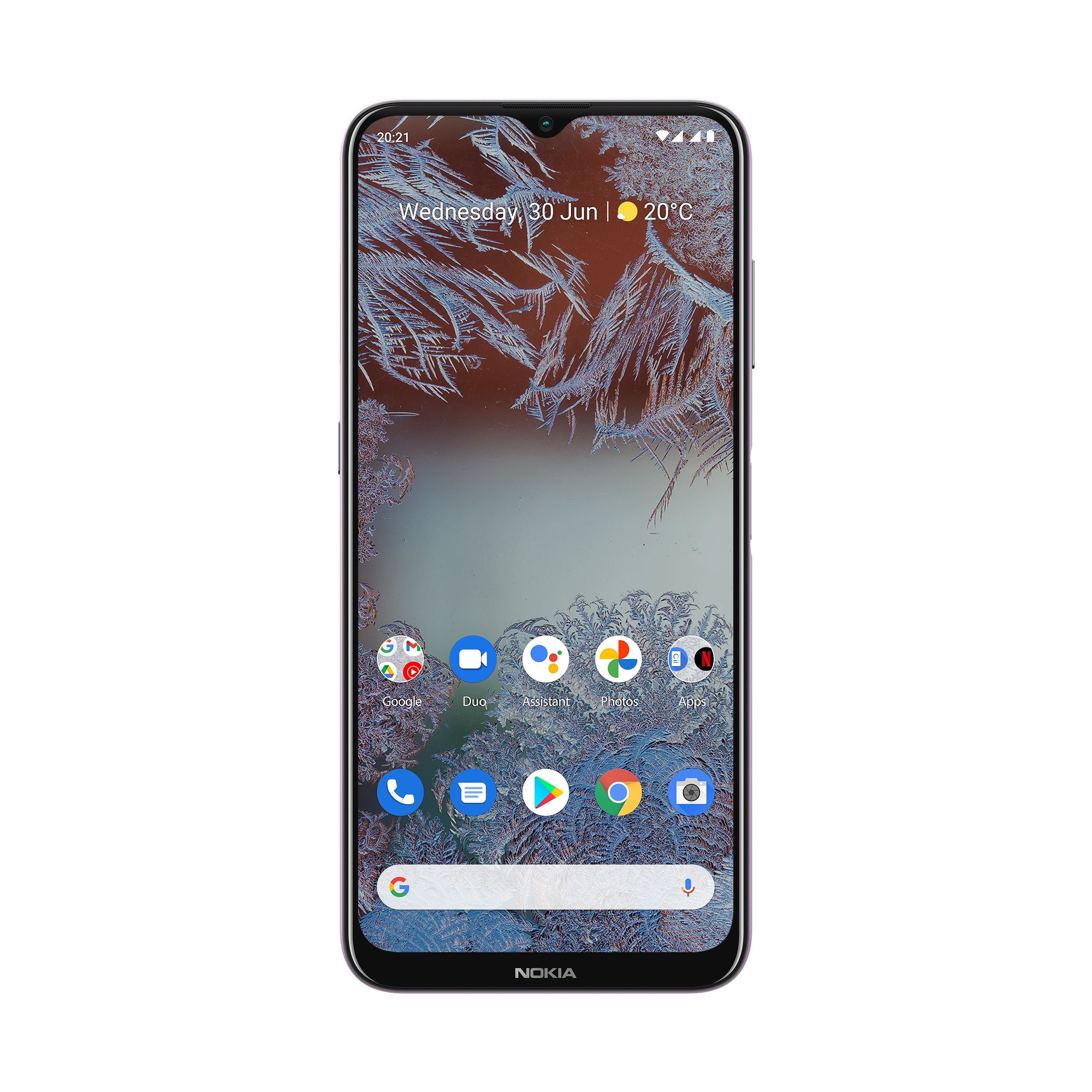
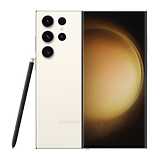


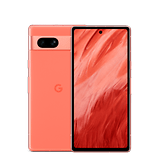
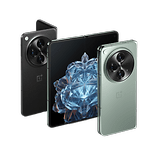
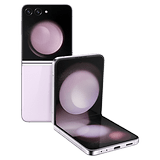
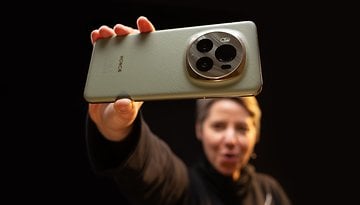
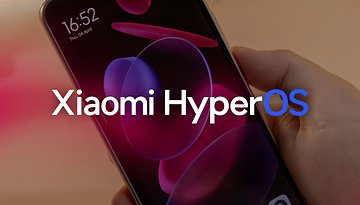
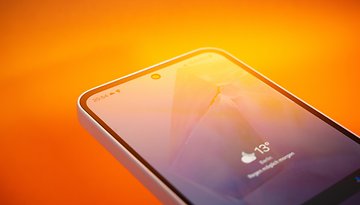
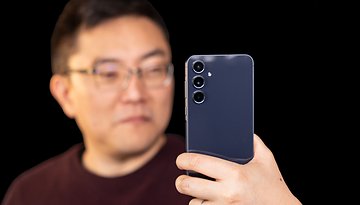

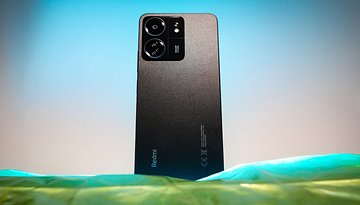
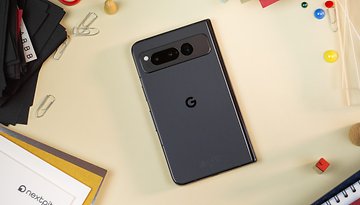
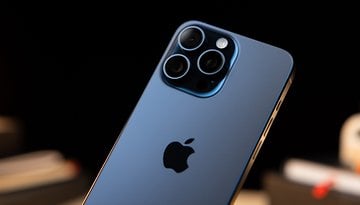
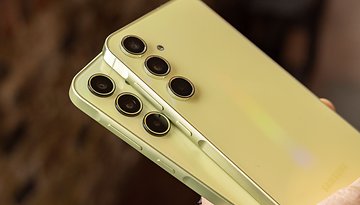

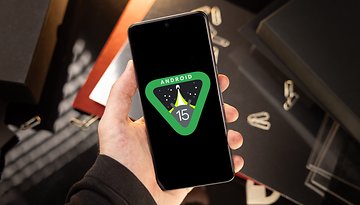
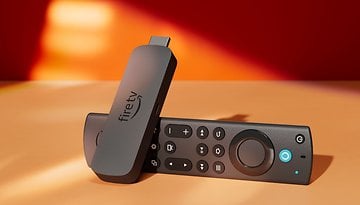


Nokia disallows unlocking the bootloader on all phones. So it doesn't meet my standards for control.